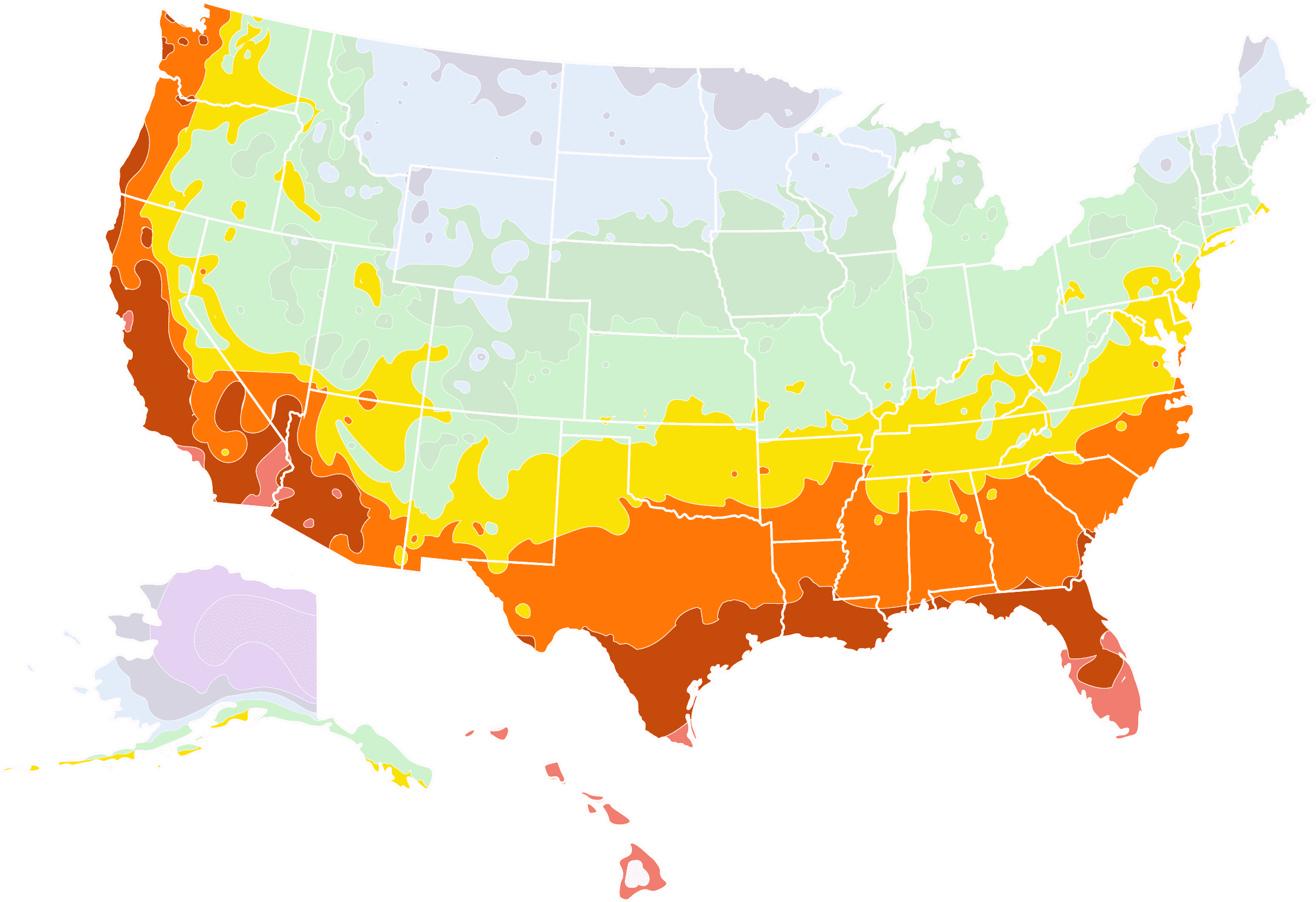- Home >
- Evergreen Trees >
- Live Oak Tree
Live Oak Tree for Sale
- Ships in 1-2 days
- 1-Year Warranty Eligible
- Pots or accessories are not included unless specified in the product options.
Shipping Details:
Products shipped through FastGrowingTrees.com. Once your order is shipped, you’ll receive an email with a tracking number and estimated delivery date. Most orders will ship immediately.
The live oak tree (Quercus virginiana), also called the southern live oak, is an icon of its native region, the southeastern United States. It thrives in coastal locations and also near rivers and streams. The tree’s wide-spreading limbs often become draped in moss, making it a captivating centerpiece in idyllic landscapes. Here are some other facts about live oak trees:
- Can tolerate many soil types and climate regions, including savannahs, forests, and coastal plains.
- Healthy live oak trees can grow to over 100 feet wide.
- In ideal conditions, this tree will live for centuries.
Plant Care
Sunlight

Survives in both partial shade and full sunlight. Supply a minimum of four hours of sunlight.
Watering
Older specimens may need no additional water at all. Younger trees may need water once per month.
Fertilizing

Low fertilization needs. Use a nitrogen-rich formula once per year.
Planting instructions
Live oak trees thrive in locations with partial or full sun. You should give the tree plenty of room to grow and expand, keeping it well away from buildings and roads. When you have found the perfect planting site, dig a hole as deep and twice as wide as the root ball of the tree. Place the tree in the hole, keeping the top of the root ball level with the ground, and backfill the hole with soil. Tamp the earth down lightly before giving the site a thorough watering.
Watering and nutrients
The watering needs of live oak trees change with age. While mature live oak trees often need little to no additional water at all, this is not the case for younger plants. During the early years of your tree’s life, give it water about once per month in the spring and summer. Reduce your watering frequency through the fall. Live oaks go into a state of dormancy and do not require supplemental water over the winter. If planted in healthy soil, live oak trees do not require additional nutrients. If poor soil causes your tree to require fertilizer, a nutrient ratio of 12-6-6 or 12-4-8 is recommended.
Pollination
The small, brown flowers of the live oak are inconspicuous and often go unnoticed. The tree has no need for showy flowers, as pollination primarily occurs through wind dispersion throughout the spring. By fall, acorns drop from the tree and provide a food source for wildlife. Although they are capable of self-fertilization, acorn production is more likely when other live oaks are planted nearby. Planting live oaks in the Southeastern U.S. will help increase the local pollinator population in your area.
Pruning
Most live oak pruning jobs are best left to a professional, but small, low-growing branches may be pruned by the homeowner. Always remove dead, dying, and diseased branches from your live oaks. When cutting off a branch, cut it back to the trunk or limb it is growing from. Winter is the best time to prune your live oaks.
Pests and diseases
Live oak trees are susceptible to an array of fungal diseases. Leaf blister can affect the branches and foliage, causing leaves to drop. Remove the infected area before it spreads. Powdery mildew can stunt the growth of young live oaks and complete elimination usually requires the use of a fungicide. Another attacker, oak root fungus, is transmitted from the roots of neighboring trees. This disease is less common but will require professional help for the diagnosis and removal of infected trees.
FAQs
How large do live oak trees grow?
If given enough room, the live oak tree reaches maximum heights of 60 to 80 feet and spreads up to 100 feet wide. Many trees planted in cities and suburbs are not able to grow to this size. During its early years, a live oak tree may grow more than two feet per year. Adverse growing conditions may lead to slower growth rates and a shorter life expectancy. Healthy live oak trees can live to be over 200 years old.
What is the difference between oak and live oak?
The live oak is just one of about 90 species of oak trees native to the U.S. The live oak holds on to its foliage for most of the year, while many other oak varieties shed their leaves in the fall. Oak wood is already known as a strong hardwood, but live oak wood is even tougher. Live oak is related to the white oak family of trees, including the Hinckley oak, the Gregg oak, and the sandpaper oak.
How deep do the roots of the live oak tree grow?
The roots of a live oak tree tend to spread outward rather than downward, only growing to a depth of two or three feet at maturity. For the first few years of life, the live oak’s taproot is the tree’s main focus. Then, lateral roots begin to spread and eventually become the primary source of nutrients and water for the tree. The lateral roots of a live oak can extend outward farther than the spread of the tree’s crown.
Is it OK to cut the roots of a live oak tree?
The roots of a live oak often protrude from the ground’s surface and may end up in the way of a path or project. You should avoid cutting the roots of a tree and hire a tree care professional if root cutting is necessary.
Compare Similar Products
Customer Reviews
 Live oak trees
Live oak treesVery health, will see how they do
 It's still alive
It's still aliveShipped fast and arrived healthy. I thought it was going to die for sure. I planted it in hard clay soil and the process was traumatic. It's hard to gracefully get a delicate tree in a hole. However, it's still alive and green.
 Great healthy trees
Great healthy treesGreat. The trees appear healthy and are in the ground.









